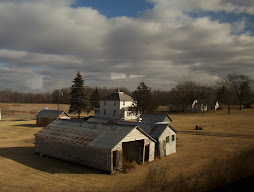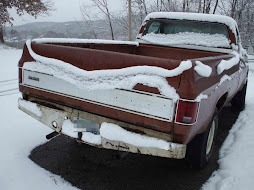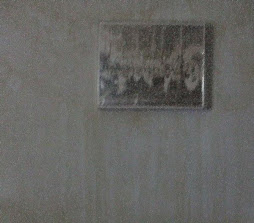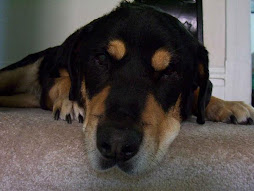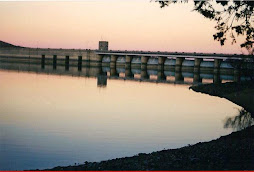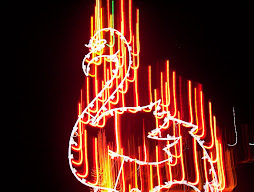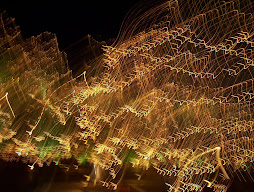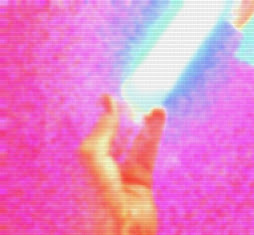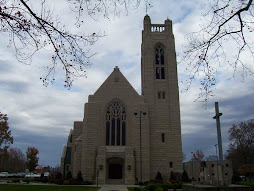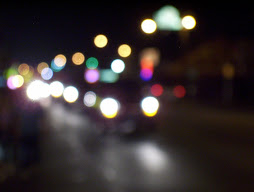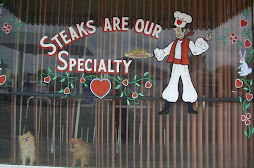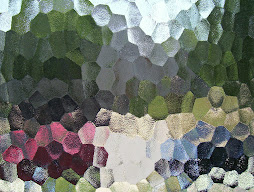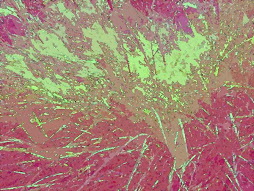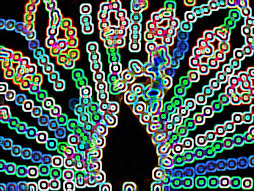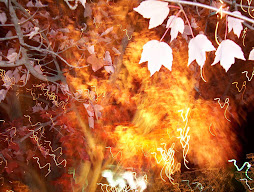Arnie Gundersen notes that there are currently lethal radiation levels at Fukushima, that even higher measurements are to still come, and that the nuclear core has leaked out and is on floor like a pancake working its way down.
And nuclear regulators only thought about worst case scenarios only involving a single nuclear plant. They totally ignored the fact that power loss to complexes of nuclear reactors - like the cluster of 6 reactors at Fukushima - could lead to multiple simultaneous meltdowns.
And then there's a cluster of cover ups.
As the New York Times reports:
In interviews and public statements, some current and former government officials have admitted that Japanese authorities engaged in a pattern of withholding damaging information and denying facts of the nuclear disaster — in order, some of them said, to limit the size of costly and disruptive evacuations in land-scarce Japan and to avoid public questioning of the politically powerful nuclear industry. As the nuclear plant continues to release radiation, some of which has slipped into the nation’s food supply, public anger is growing at what many here see as an official campaign to play down the scope of the accident and the potential health risks.
And:
Meltdowns at three of Fukushima Daiichi’s six reactors went officially unacknowledged for months. In one of the most damning admissions, nuclear regulators said in early June that inspectors had found tellurium 132, which experts call telltale evidence of reactor meltdowns, a day after the tsunami — but did not tell the public for nearly three months. For months after the disaster, the government flip-flopped on the level of radiation permissible on school grounds, causing continuing confusion and anguish about the safety of schoolchildren here in Fukushima.
And:
The timing of many admissions ... suggested to critics that Japan’s nuclear establishment was coming clean only because it could no longer hide the scope of the accident.
Japan is considering the possibility of creating a back-up capital city in case a major natural disaster, like the March 11 earthquake, strikes Tokyo.
A new panel from Japan's Ministry of Land and Infrastructure will consider the possibility of moving some of Tokyo's capital functions to another big city, like Osaka.
Osaka it is, then.
According to the ministry, as of August 9, the meat from the cows that may have eaten radioactive rice hay was used in school lunches in 278 elementary schools, junior high schools, high schools, and special education schools, and 18 kindergartens, in 20 cities and towns in Japan. 127 schools in Yokohama City used it, so did 53 schools and kindergartens in Gifu City [in Gifu Prefecture], and 30 schools and kindergartens in 4 cities in Miyagi Prefecture. The schools are mostly located in eastern Japan, but 40 schools in 4 cities in Mie, Shimane, Kagawa Prefectures also used the meat.
30 schools were able to test the remaining meat, and radioactive materials were detected at 8 schools. Of the 8 schools, two schools - a special education school for students with disabilities in Miyagi Prefecture and an elementary school in Chiba, had the meat that exceeded the provisional safety limit (500 becquerels/kg of radioactive cesium), testing 1,293 to 649 becquerels/kg. The municipalities say the amount of contaminated beef per person is small, and it won't affect the health.
Foreign Minister Takeaki Matsumoto has committed an about-face on policy by telling his ministry to refrain from vouching for the safety of Japanese food.
The ministry stance changed after radiation-tainted beef was found to have been sold to consumers nationwide, sources said.
The contaminated meat is coming from cattle that were fed rice straw contaminated with cesium isotopes ejected by the disaster-crippled Fukushima No. 1 nuclear power plant.
A 5.9-magnitude earthquake shook northeast Japan Friday, jolting the area devastated by a quake and tsunami in March, but there were no immediate reports of damage or casualties and no tsunami warning.
The quake hit at 3:22 am (1822 GMT Thursday) at a depth of 38 kilometres (24 miles), with its epicentre 18 kilometres from Iwaki city in Fukushima prefecture, the United States Geological Survey said.
..
Tokyo Electric Power Company, operator of the crippled plant, said it had noticed no additional problems resulting from the latest quake, which also shook buildings in Tokyo.
Fuel inside one of the reactors at the crippled nuclear complex in Fukushima Prefecture, which was believed to have been kept cool at the bottom of the pressure vessel after its core suffered a meltdown, has possibly breached the vessel after melting again at the bottom of the vessel, an expert's study showed Monday.
The study by Fumiya Tanabe, an expert in nuclear safety, said most of the fuel at the No. 3 reactor may have fallen into the containment vessel underneath, and if so, the current method used to cool the reactor would need reviewing, which could force the plant operator to revise its schedule to contain the five-month-old disaster. (My how time flies when you're doomed!)
The plant operator, Tokyo Electric Power Co. earlier said the Nos. 1 to 3 reactors' cores are assumed to have suffered meltdowns, although the melted fuel is believed to be kept cool and solidified at the bottom of each reactor pressure vessel after water was injected into the vessel as an emergency measure.










































